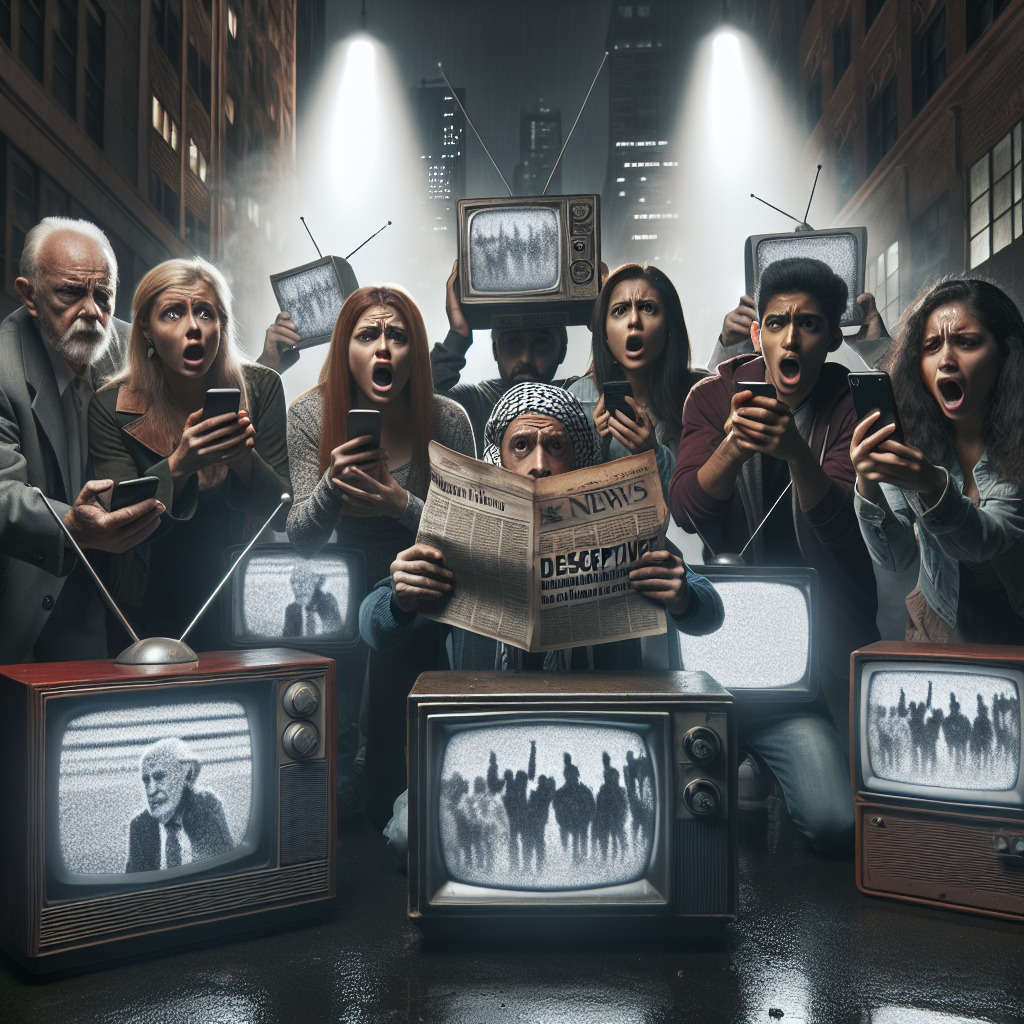Key Takeaways
The Viral Spread of Misinformation: The Case of Thomas Matthew Crooks
In our digital age, misinformation spreads like wildfire. Recently, new waves of false content have surged across the internet, centering on a fictitious character named Thomas Matthew Crooks, who is allegedly known as the “Trump shooter.” Despite the individual being entirely fabricated, these false videos have spread rapidly, raising significant concerns about the impact of fake news on public opinion.
The Spark: How It All Began
It all started with a single post that seemed convincingly edited, portraying Thomas Matthew Crooks as a dangerous criminal responsible for an attempted assassination. The origins of this fabricated narrative are still murky, but what is clear is the speed at which it gained traction. Within hours, the video had been shared thousands of times, drawing extensive attention and igniting heated debates across various social media platforms.
Why Fake News Spreads So Fast
Several factors contribute to the rapid dissemination of misinformation, particularly in such a polarized political climate:
- Confirmation Bias: People are more likely to share content that aligns with their existing beliefs, even when it’s false.
- Emotional Appeal: Sensational stories capture attention and are more likely to be shared.
- Algorithmic Influence: Social media algorithms tend to promote engaging and controversial content.
- Ease of Creation: In the age of easily accessible digital tools, creating convincing fake videos is simpler than ever.
The Implications of Misinformation
The case of Thomas Matthew Crooks serves as a reminder of the extensive damage misinformation can cause:
- Public Panic: False information can easily incite fear and panic among the public.
- Polarization: Such stories can amplify divisions and create communally charged environments.
- Mistrust in Media: The spread of fake news contributes to a growing mistrust in traditional news sources.
The Role of Social Media Platforms
Social media giants are under increasing scrutiny to address the proliferation of fake news. While platforms like Facebook, Twitter, and YouTube have implemented various measures to curb disinformation, challenges remain.
Why Is It Hard to Combat Fake News?
- Volume: Millions of posts and videos are uploaded daily, making manual verification nearly impossible.
- Deepfakes: Advanced technology makes it easy to create realistic but entirely false audio and video content.
- Global Scale: Misinformation transcends geographical boundaries, complicating efforts for localized solutions.
What Can Users Do?
In an era where misinformation is rampant, social media users must become vigilant fact-checkers. Here are some proactive steps users can take:
- Verify Sources: Always check the credibility of the news source before sharing content.
- Fact-Checking Tools: Utilize platforms like Snopes, FactCheck.org, and others to confirm the veracity of questionable claims.
- Critical Thinking: Question extraordinary claims and look for additional evidence to support or debunk the information.
- Report Fake News: If you come across false information, report it to the platform to help curb the spread.
The Long-Term Impact
The case of Thomas Matthew Crooks underscores a broader issue facing digital societies today—the battle against misinformation. As technology continues to advance, the tools available for creating and disseminating fake news become more sophisticated, amplifying the need for both technological solutions and user vigilance.
Conclusion: Navigating the Murky Waters of Information
The controversy surrounding the non-existent “Trump shooter” Thomas Matthew Crooks highlights the necessity for improved digital literacy and better safeguards against misinformation. It is not just the responsibility of social media platforms but also of every individual to ensure the information they consume and share is accurate and reliable.
In this brave new world of information overload, the power lies in our hands to stem the flow of misinformation. By developing a critical eye and utilizing the resources available for fact-checking, we can collectively navigate the murky waters of the digital information landscape responsibly.
Remember, in an era where falsehoods can spread with the click of a button, being a vigilant, educated consumer of information is more important than ever.
By taking these steps, we can each contribute to a more informed and discerning online community.

